The HELP 112 EU project has produced important new findings on emergency caller location, paving the way to progress public safety not only in Europe but also the world.
The project consortium evaluated handset-based technologies to improve location information of emergency callers. The consortium analysed the potential benefits and costs of the combinations of 4 positioning technologies.
Field tests were conducted in 4 European pilot sites using Advanced Mobile Location (AML): a handset functionality triggered by a call to 112 (or other emergency numbers) that allows location established by the handset to be transported to a Public Safety Answering Point (PSAP).
Some of the main take-aways:
| 300,000 – Approximate number of victims each year in the EU that suffer from a delay of at least 30 minutes due to lack of precise emergency caller location. |
| 2 km – Average accuracy radius of an emergency call in the EU today, provided by Cell-ID technology. |
| 87% – The number of locations sent to the PSAPs within a 50-metre radius using AML (HELP 112 UK pilot testing). |
| 70% – The number of cases where the use of GNSS in the handsets can reduce the area provided to emergency services in a rural environment by an average of 460,000 times (HELP 112 Lithuania pilot testing). |
| 30 – The number of seconds that can be saved on every mobile emergency call thanks to location accuracy improvements brought by the handset. In rural areas, the time saved is 1.5 minutes! |
| €95 billion & 7500 lives – What the EU could save within 10 years with a mandate on all smartphones sold in the EU to enable the use of handset-based locations with multi constellation GNSS and WiFi, and on PSAPs to receive the location. |
| Privacy – The location information cannot be triggered by a third party, but only when a caller dials an emergency number. The data is not stored by the phone nor by the operating system owner; it is sent to an end-point managed by a public authority (PSAP). |
And these are only some of the findings…
Already one thing is clear: Implementing handset-based caller location to leverage positioning techniques already available in the phones is the way forward for emergency location.
Thanks to HELP 112, the EU has the opportunity to become one of the most advanced regions globally in terms of mobile emergency caller location.
More information: follow the links in the sidebar.
Please note that the official reports and results of the HELP 112 project will be available soon.
HELP 112 is an EU project funded by the European Commission.
